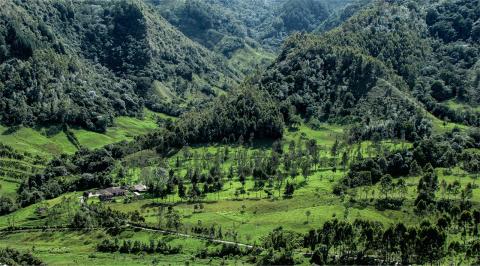
By Karen D. Holl
Recent initiatives at regional, national, and global scales have called for unprecedented levels of forest restoration to counteract decades of rapid deforestation . Thus far, 30 countries have committed to restore 91 million hectares (ha) of deforested landscapes, an area the size of Venezuela, by 2020; at the 2014 United Nations Climate Summit, a global target of 350 million ha was set for 2030 . These bold targets are motivated by diverse goals, including conserving biodiversity, sequestering carbon, improving the water supply, and sustaining human livelihoods. How can these challenging targets be met, given competing land uses and limited funds for restoration?
There is often a striking disconnect between the groups that set restoration targets and those that implement projects and guide restoration science . Commitments to restore millions of hectares of forest are made by international groups and national governments, but successfully achieving these targets requires working with individual landowners and local communities. In a recent review, Murcia et al. found that only 2 of 90 recent forest restoration projects initiated by government agencies in Colombia involved local communities in the design. Governments that adopt this top-down approach are unlikely to gain the community support needed to successfully maintain restoration projects over the long term.

